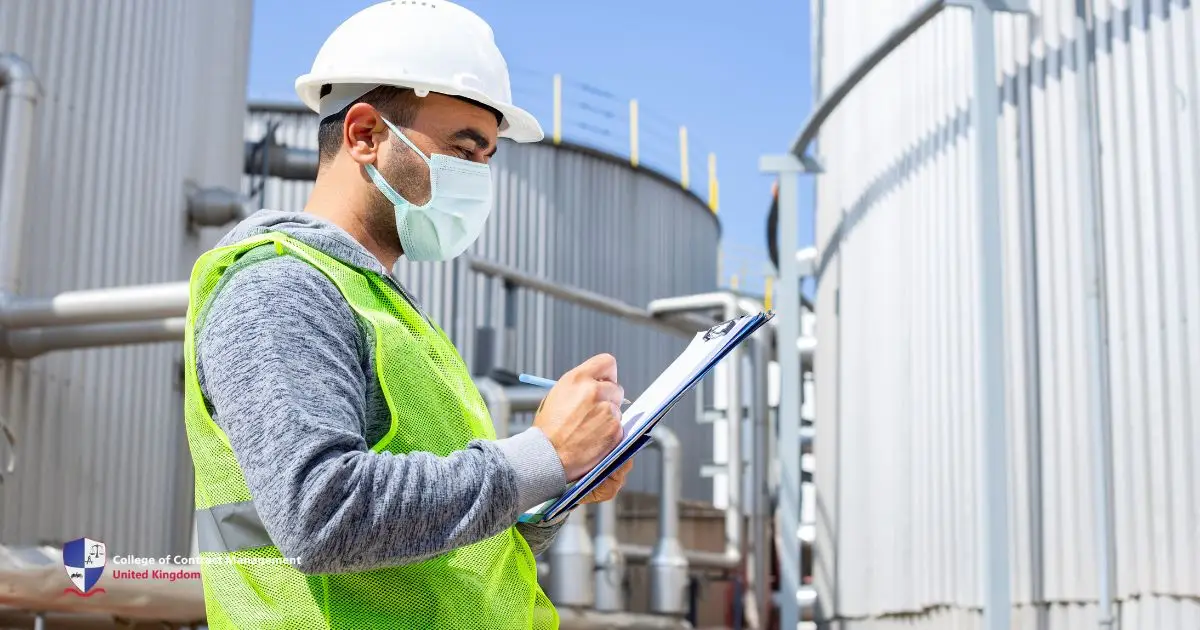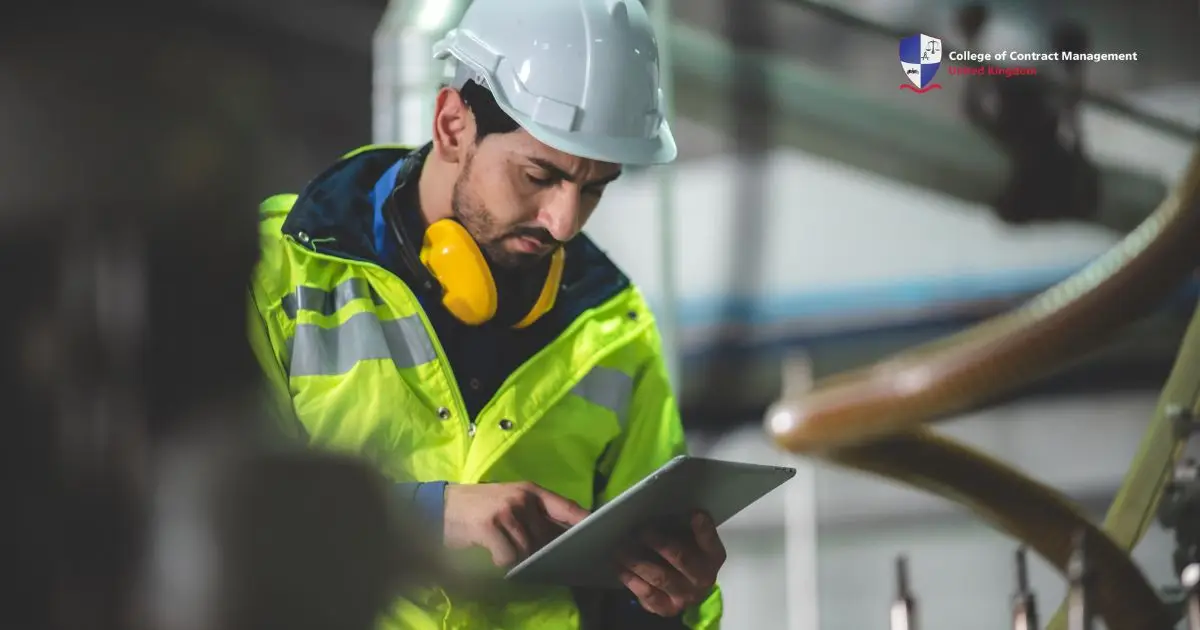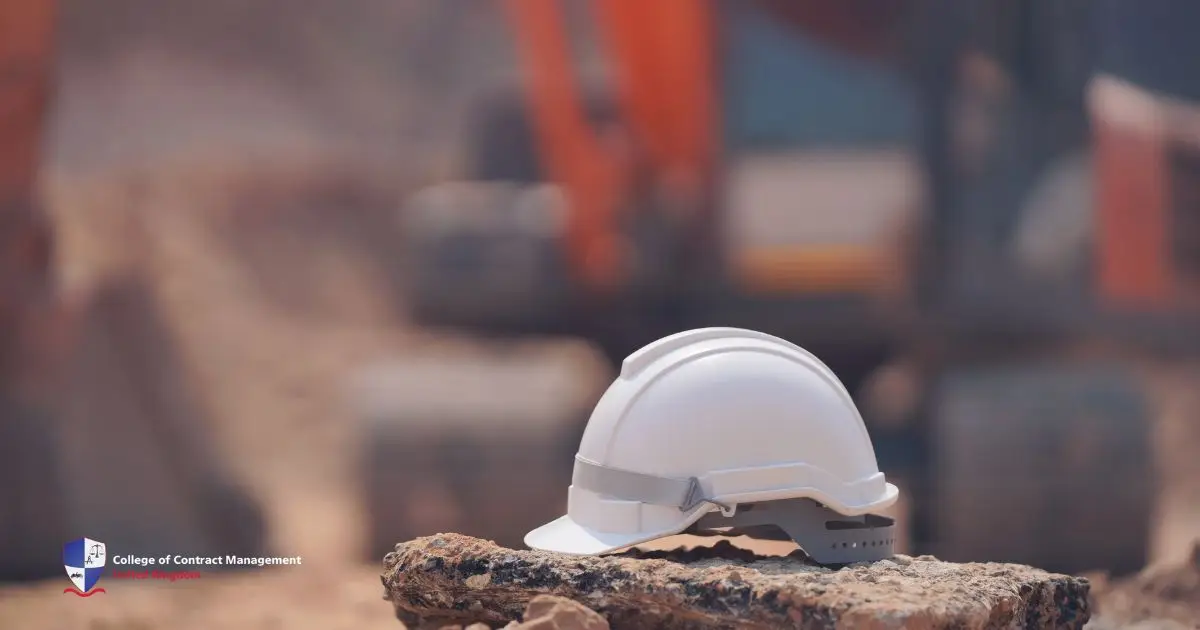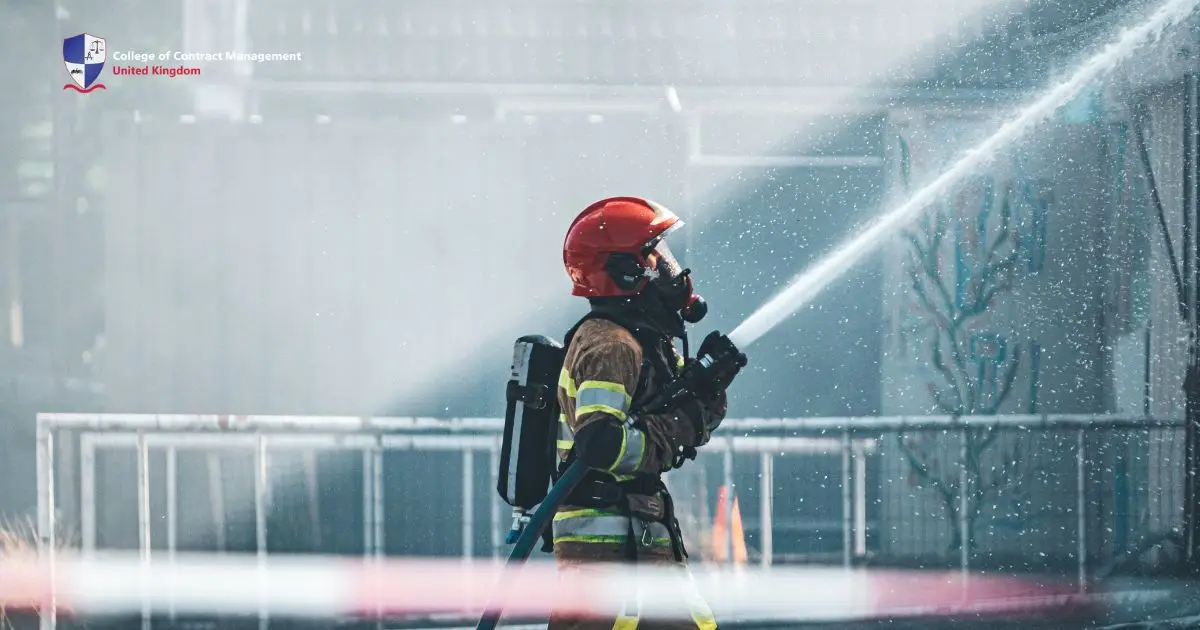In every workplace, safety should always be the top priority. Creating an environment with minor hazards is essential for productivity and protection. Also, keeping the employees safe boosts confidence and morale. Emphasising occupation health is not a simple requirement. It is a vital investment that gives importance to the most valuable assets-- your workers.
What is Occupational Health?
Occupational health is about keeping workers safe from getting hurt or sick. Workers help companies succeed by doing their jobs well. For this reason, companies must make sure employees stay safe and healthy. Workplace health also prevents accidents before they happen. Accidents happen for many reasons. Therefore, it is crucial to train workers on safety rules. In other words, the more workers know about safety, the fewer accidents will happen. As a result, everyone stays safer.
Goals of Occupational Health
Workplace health has clear goals. First, it aims to keep workers healthy so they can do their jobs. Next, it makes sure workplaces are safe. It avoids dangerous situations. In addition, companies should create safety programmes that follow the rules. The World Health Organisation (WHO) has set goals for occupational health. These include:
- Keeping workers healthy and able to do their jobs.
- Improving work conditions to make the workplace safer.
- Creating safety programmes that match the company's rules.
- Putting systems in place that enhance worker safety.
Possible Dangers that Workers Face
Many dangers can happen at work. For example, some workers might deal with chemicals, loud noise, or extreme weather. Others might need to lift heavy things or use machines. Because of these dangers, knowing how to stay safe is essential. Occupational health helps you learn more about these situations. There are five main types of dangers at work: physical, chemical, ergonomic, psychosocial, and infectious. Let's look at each one.
Physical Dangers
Physical dangers are things that can harm the body. They can physically hurt a worker while onsite. If management cannot address these hazards, the employees will suffer the most. Here are a few examples:
- Temperature: Working in cold or hot weather can cause severe injury and unwanted health problems. For example, extreme cold causes hypothermia, while heat can lead to heatstroke. If a company does not take these risks seriously, these conditions may lead to death. As a result, staying at a safe temperature is essential.
- Indoor Air: Bad air can cause breathing problems. It can also affect ventilation in the work area. Air supply significantly decreases if many employees are in poorly ventilated areas. Workers may feel dizzy or faint when the air is poor. All this can lead to accidents and injuries. In some instances, it may also lead to unconsciousness.
- Noise: Loud machines can damage a worker's ear. Abrupt, loud noises can damage the structures inside the ear and affect hearing. Moreover, loud noise makes it hard to talk, which can cause accidents. Miscommunication can lead to numerous hazards and accidents. Overall, not hearing clearly what your coworker says is a big problem.
- Radiation: Workers like welders may get exposed to dangerous light. For example, too much UV light causes skin burns or eye problems. Additionally, people in the construction field are exposed to UV light most of the time. Therefore, wearing protective gear is important. Professionals in the construction industry are exposed to bad light, which makes proper education on occupational health highly required.
Chemical Dangers
Chemical dangers happen when workers deal with harmful substances. These chemicals can be in many forms, like liquids, solids, or gases. For instance, some substances can burn the skin or make it hard to breathe. If not addressed immediately, these hazards can lead to accidents and even death. Here are some examples:
- Flammable Chemicals: Diesel, acetone, and turpentine can catch fire easily if not handled carefully. These chemicals also can produce vapours. In turn, they are easily ignited and burn quickly. Thus, occupational health and regulations on fire safety should be taught. Educating workers can greatly decrease incidents of explosions and fires.
- Corrosive Chemicals: These chemicals directly harm the skin at the contact site. It can cause immediate changes such as redness, pain, and blisters. Additionally, inhalation may also affect the workers' lungs. Therefore, breathing becomes difficult. Substances like sulphuric acid and hydrochloric acid are some examples.
- Toxic Chemicals: Pesticides, cyanide, and mercury can cause serious health problems. Once inhaled or touched, these chemicals can cause instant burns, blisters, and irritation on the skin. Additionally, inhaling these substances can cause serious damage to the lungs. Most of the time, the lack of education causes improper handling and safety.
Ergonomic Dangers
Ergonomic dangers come from how a workplace is set up. It can be caused by how a worker does his job. It can also be caused by equipment like chairs and tables. All these may lead to muscle pain. For example, lifting heavy objects or sitting too long can cause back pain. Here are some examples:
- Lifting Heavy Objects: Lifting or carrying heavy things can cause back pain or muscle strain. If a muscle tear happens, it can render the worker unable to continue. This leads to a decrease in the workforce. If this happens, workers can faint or fall while carrying. It can lead to hospitalisation, too.
- Sitting or Standing Too Long: Office workers and salespeople can suffer back pain if they sit or stand for long hours. Additionally, foot pain may also happen if their shoes aren't built for long hours at work. Without break times, workers can feel dizzy and have sore feet after long hours at work.
- Bad Lighting: Poor lighting can make it hard for most workers to see. This can lead to accidents or eye strain. If a worker develops eye strain, they may also need to get glasses. This is an added expense for employees. As a result, good lighting is critical to staying safe and a critical aspect of occupational health.
Psychosocial Dangers
Psychosocial dangers affect the mind and emotions. For example, stress from too much work or bullying can make workers feel bad. In addition, feeling lonely at work or having problems with coworkers can make it hard to focus. Interaction with people at work helps with boosting confidence. Occupational health also helps lessen these burdens.
Infectious Dangers
Bacteria or viruses cause infectious dangers. For example, workers who get sick can pass the illness on to others. Therefore, knowing how to avoid infections and stay healthy is essential. You can help by telling the management if you're not feeling well. When the time comes that you feel like you need to take a rest, you should do so.
Risks that Workers Should Know About
Every job has risks that can cause accidents. Most of the time, workers are unaware of these things. Whether stationed in the field or the office, there is always a risk of unwanted injuries. For this reason, workers must understand these hazards through occupational health education. For example, risks at work include:
- Physical Risks: Loud noise, bad weather, and extreme temperatures.
- Chemical Risks: Breathing in fumes, gases, or dust from harmful substances.
- Mental Risks: Too much work, odd hours, or stress.
- Social Risks: Not getting along with coworkers or feeling lonely.
How Does OSHA Protect Workers?
OSHA, or the Occupational Safety and Health Administration, makes specific rules to keep workers safe. Additionally, they offer training and education on safety. In short, OSHA helps workers stay safe and avoid accidents through occupational health measures. If you can, report anything you see as dangerous at work. It allows the company to adjust more based on your needs. Workers have rights to:
- Learn about safety in the workplace.
- Use safe equipment.
- Be protected from dangerous chemicals.
- Report unsafe conditions to OSHA.
Staying Safe at Work
There is a saying: "Prevention is better than cure." This is true for staying safe at work. It's better to avoid accidents instead of dealing with the results afterwards. This is where occupational health is of importance. For that reason, here are some tips to help you and your coworkers stay safe:
- Keep your work area clean.
- Wear protective clothing like gloves or boots.
- Get training before using any machines.
- Take breaks if you feel tyred or stressed.
- Never drink alcohol before or during work.
- Know where the emergency exits are.
- Have a list of who to call for help.
- Memorise emergency hotlines.
If you feel unsafe, then contact OSHA or call for help. Your safety comes first.
Who are the Professionals that Keep You Safe at Work?
People in the health safety field have a variety of experts that can help you ensure workplace safety. They allow workers in every step of occupational health. Starting from education until execution, these professionals are always ready to assist you. Here are examples of people who help keep the workplace safe:
Trainers
Safety trainers create rules and programmes that workers should follow. They are responsible for educating workers about workplace safety practices. Also, they are responsible for training employees to be ready in case of injuries and accidents. They provide everyone with materials such as handouts, fliers, or notes regarding workplace safety.
Managers
A manager oversees and implements different protocols within the organisation. This helps ensure that everyone on the team is well-educated regarding workplace safety. Conducting risk assessments and incident investigations is also a manager's responsibility. Additionally, they report and document all group training, incidents, and records.
Inspectors
Observe and note what's currently happening in the workplace. They perform frequent and regular inspections of the workplace. This helps identify possible risk factors and unsafe practices. They also document everything that they see as dangerous in the workplace. Another task of inspectors would be recommending solutions to current problems faced in the workplace.
The Importance of Occupational Health
Workplace accidents can cost both workers and companies a lot of money. However, accidents can be avoided by focusing on health and safety. For example, when workers are educated about safety, they get hurt less often. Additionally, good safety practises help workers avoid risks. As a result, they stay healthy and work better. This benefits both the company and the workers.
Learn More About Workplace Safety with Us!
Learning about occupational health is essential. For this reason, workers who know the risks can stay safe and avoid accidents. Additionally, companies always ensure to help make your workplace as safe and secure as possible. This is to make sure that employees can safely do their jobs.
As a worker, you can also help by investing in education focused on workplace safety. The College of Contract Management offers courses on workplace health and safety. Therefore, investing in education can help keep you safe at work.





